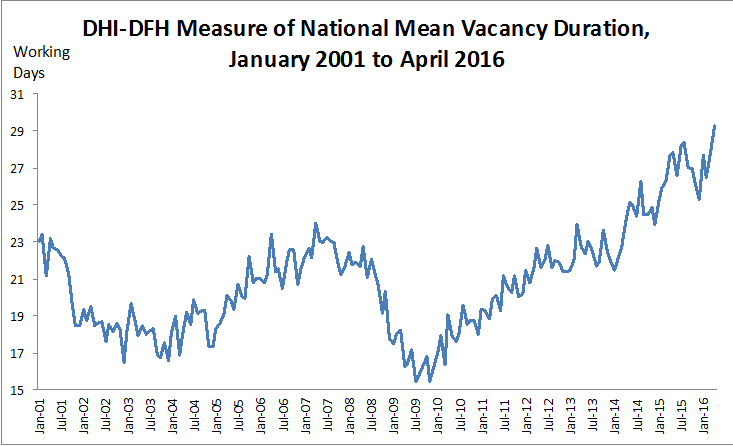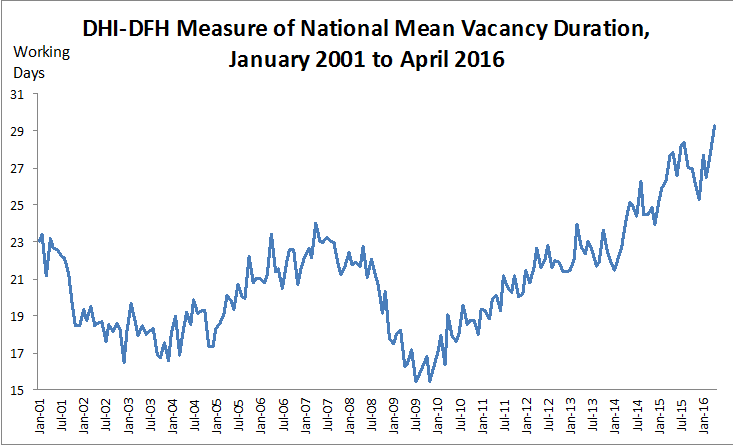HRE Column: On Recruitment Marketing
Here is my semi-frequent reminder and pointer for blog readers that I also write a monthly column at Human Resource Executive Online called Inside HR Tech that can be found here.
This month, in the aftermath of the recent Talent Acquisition Technology Conference and thinking about all the innovative and potentially disruptive HR and talent acquisition technology solutions that continue to appear in the market, I thought about how much I have heard and seen lately about the concept or category of 'recruitment marketing.'
Both at Talent Tech and at the recent Smashfly Transform event, the strategies, tactics, and technologies that HR and talent acquisition leaders are employing to define and communicate their unique employer brand and value proposition, as well as find, engage, and convert their targeted candidate communities were on full display. This field or category of recruitment marketing has seemingly emerged from the combination or confluence of a tight labor market, powerful and purpose-built technologies, and HR and talent acquisition strategies that are leaning heavily on consumer marketing precepts and concepts.
It is a really exciting, interesting, and fast-moving time in this new recruitment marketing space, and I thought it would be fun and hopefully valuable to share with HR Executive readers my thoughts about this new and emerging space. I came up with a few observations for my latest HR Executive column.
From the HRE piece:
One of the highlights of the recently concluded Talent Acquisition Technology Conference was the emphasis on recruitment marketing as an emerging new recruiting discipline. The definition of recruitment marketing is pretty straightforward: "the strategies and tactics an organization uses to find, attract, engage and nurture [sought-after people] before they apply for a job, called the pre-applicant phase of talent acquisition." (As an aside, you know a new concept has "arrived" when it has a Wikipedia page for its definition.)
In some ways, recruitment marketing is just the natural extension of the widely discussed "HR should act more like marketing and/or sales" argument that has become popular in recent years. While that argument has indeed proven durable, it may not always be appropriate in all cases, as George LaRocque from HRWINS, one of the conference speakers, pointed out. LaRocque correctly showed that, while most consumer marketers serve only their ultimate external customers, recruiting leaders and recruiters often serve several kinds of customers: candidates, hiring managers, and even HR and organizational leaders.
But even if there is not a perfect analogy between recruiting and sales/marketing, many progressive organizations and talent-acquisition leaders are successfully using consumer-marketing strategies, tactics and approaches to more effectively "market" their organizations and employment opportunities to potential candidates. This discipline of recruitment marketing has indeed emerged and grown more prominent in just the last few years and since not all HR leaders might be completely familiar with the concept and approach, I'd like to explore at least a few important points and share some thoughts on how HR and organizational leaders can begin to incorporate these ideas into their talent acquisition strategies.
Why is recruitment marketing different than just posting job ads?
In her closing keynote at the conference, Stacy Zapar presented a comprehensive review of the many strategies organizations can and perhaps should employ to more effectively define, communicate and market their unique employer brand and employee value proposition to the candidate marketplace. While posting specific job ads on the company careers page and ensuring these ads are distributed to additional outlets such as Indeed or LinkedIn are certainly part of most organization's candidate-attraction strategies, Zapar correctly emphasized that these efforts are only a small part of the optimal overall recruitment-marketing strategy.
Read the rest at HR Executive online...
Good stuff, right? Humor me...
If you liked the piece you can sign up over at HRE to get the Inside HR Tech Column emailed to you each month. There is no cost to subscribe, in fact, I may even come over and rake your leaves car or clean out your gutters or even help you re-purpose the Thanksgiving leftovers.
Have a great, long Thanksgiving weekend!
 HR,
HR,  Recruiting,
Recruiting,  Technology tagged
Technology tagged  HR,
HR,  HR Executive,
HR Executive,  HR Tech,
HR Tech,  Recruiting,
Recruiting,  Technology
Technology  Email Article
Email Article 
 Print Article
Print Article 



